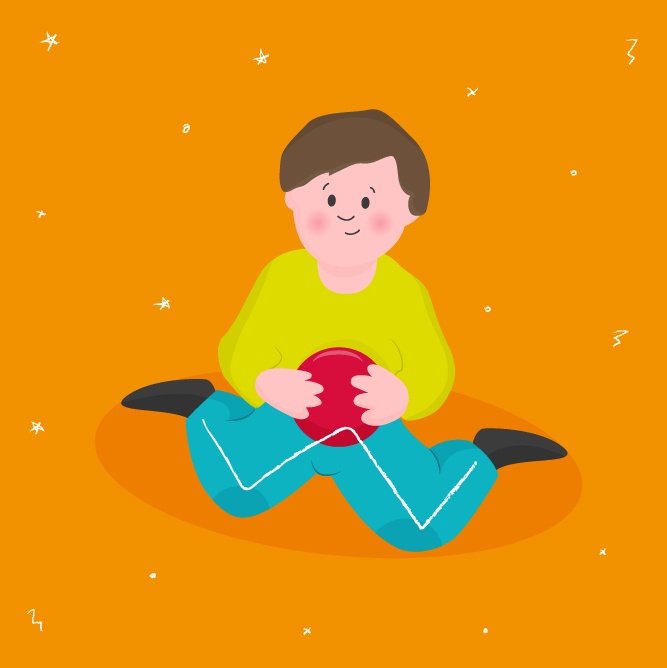
What is it?
W-Sitting is usually observed when a child is sitting on the floor with their legs turned inward, knees bent, and feet on either side of their hips. From above (i.e. an aerial view), you will see that their legs form a letter “W.”
Why is W-Sitting bad?
Children typically move in and out of a W-sitting position throughout the day. However, it becomes concerning when they sit like this for an extended period of time, or if it is their only/primary sitting position.
W-Sitting:
- May increase the risk of hip dislocation, especially in children who already have hip dysplasia.
- Provides the child with a wide base of support, which decreases the demand on abdominal muscles to work. This can limit the development of your child’s core strength.
- Places leg muscles in a position where they may become tighter, which would affect standing and walking.
- Makes it difficult to rotate your trunk and perform cross-body movements during play, which can impact your child’s coordination skills.
How can I help my child stop W-Sitting?
It is important not to scold or become upset with your child for W-Sitting. Instead, suggest and provide your child different options for sitting that help them develop their core and hip muscles in a better alignment such as:
- Tailor sitting (or criss-cross applesauce).
- Long sitting with legs stretched out in front.
- Sitting on a bench or chair.
- Kneeling or half-kneeling at a surface.
Your child may be resistant to other sitting positions, but with your consistent guidance, you can help their development in a big way.
If you have further questions regarding W-sitting, or any other of your child’s sitting positions, talk to their physical or occupational therapist today.



